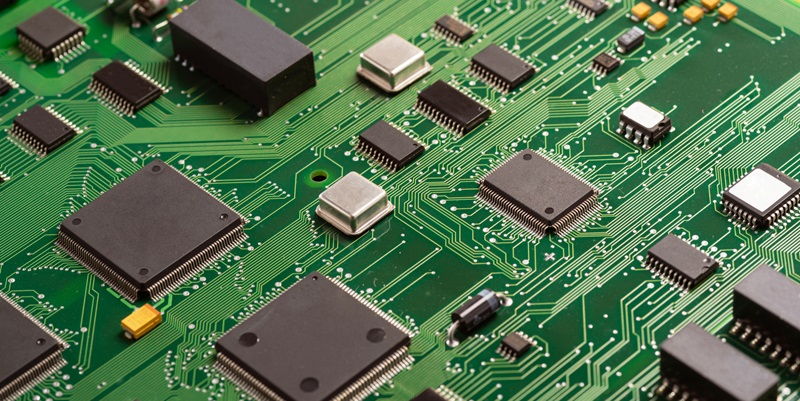The tech sphere is buzzing with the leaked specifications of Intel’s upcoming behemoth, the Core i9-14900KS, the latest showpiece in Intel’s repertoire aiming to reshape what we expect from consumer CPUs. This processor not only breaches the heretofore unseen 6.2 GHz in clock speed—an engineering marvel in its own right—but also brings with it a surge of thermal output and power consumption that could have considerable ramifications for builders and enthusiasts alike. In the balance between cutting-edge performance and the constant challenge of thermal management, this chip certainly lights a new path, posing an intriguing question to the consumer market: Is the race toward ever-higher speeds justifiable given the accompanying demand for more robust cooling systems and power solutions?
Breaking the 6 GHz Barrier: Performance Leap
With the Core i9-14900KS, Intel sets a new performance bar by achieving a clock speed that not only surpasses its predecessors but also smashes the 6 GHz threshold, making it a landmark product in the consumer CPU industry. This leap toward a higher frequency represents a clear commitment to providing the end-user with unprecedented processing power. Significant enhancements in workloads that demand high clock speeds are all but guaranteed, presenting the Core i9-14900KS as an enticing option for those seeking cutting-edge performance.
However, as impressive as its capabilities are, this leap in clock speed cannot be separated from its practical implications. Higher clock speeds often entail a proportional increase in power use and heat generation. The Core i9-14900KS’s performance prowess comes with an asterisk, drawing attention to concerns over how its considerable heat and energy demands can be managed efficiently. As prospective users contemplate the enticing speed, the burden of thermal output and power consumption cannot be discarded, signifying a continuous push-and-pull in the pursuit of performance excellence.
Thermal Challenges and Power Consumption
The Core i9-14900KS sets new benchmarks in performance but also raises eyebrows with its extreme power and thermal demands. This behemoth peaks at a staggering 410 watts and averages power consumption at around 330 watts—figures that dwarf typical CPU energy requirements. Such voracity necessitates top-tier cooling solutions, moving from optional upgrades to essential components for system stability and component longevity.
Reaching up to 101 degrees Celsius, the i9-14900KS’s operational temperature further reinforces the need for advanced cooling systems. As a result, enthusiasts may face higher costs and complexity in building high-performance PCs, since the power-hungry CPU may also necessitate beefier power supply units. This CPU’s leap in performance comes with significant considerations for power and cooling that can’t be overlooked by any serious builder.
Core Configuration and Integration
Intel’s Core i9-14900KS retains a configuration familiar to those who have kept pace with the company’s recent offerings, sporting 24 cores split into 8 high-performance cores and 16 efficiency cores, alongside plentiful L3 and L2 cache sizes. This layout implies robust multi-threading capability and quick data access, crucial for multitasking or crunching through demanding processes. The leaked benchmarks allude to integration with top-tier components, exemplified by the MSI MAG Z790 Tomahawk WIFI motherboard and a hefty 32 GB of DDR5 memory used in testing, indicating readiness for the upper echelons of modern computing.
Though its energy and thermal demands are steep, the configuration of the Core i9-14900KS shows great promise for diverse applications—from gaming to professional-grade content creation. Intel’s offering showcases potential harmonization with existing and future systems, hashing out compatibility and performance considerations for those pondering the inclusion of the Core i9-14900KS in their next PC build.
Market Implications and Readiness
Intel’s Core i9-14900KS raises the bar for consumer CPU performance but also poses significant power and cooling challenges. This high-end processor’s arrival forces a reconsideration of what supporting hardware is necessary to maintain leading-edge performance. Cooling systems must evolve to address these heightened thermal outputs, and power supplies need to deliver consistent energy under substantial loads.
Enthusiasts excited by the Core i9-14900KS must weigh the expense associated with it, considering not just the processor’s price but also the additional investments in cooling and power infrastructure. The conversation weighs the processor’s impressive capabilities against the total cost of ownership for users, questioning if the performance justifies the price. As the market adapts to this powerful CPU, the affordability and readiness of supporting technology are critical factors in determining its practicality for consumers and the industry’s direction.

